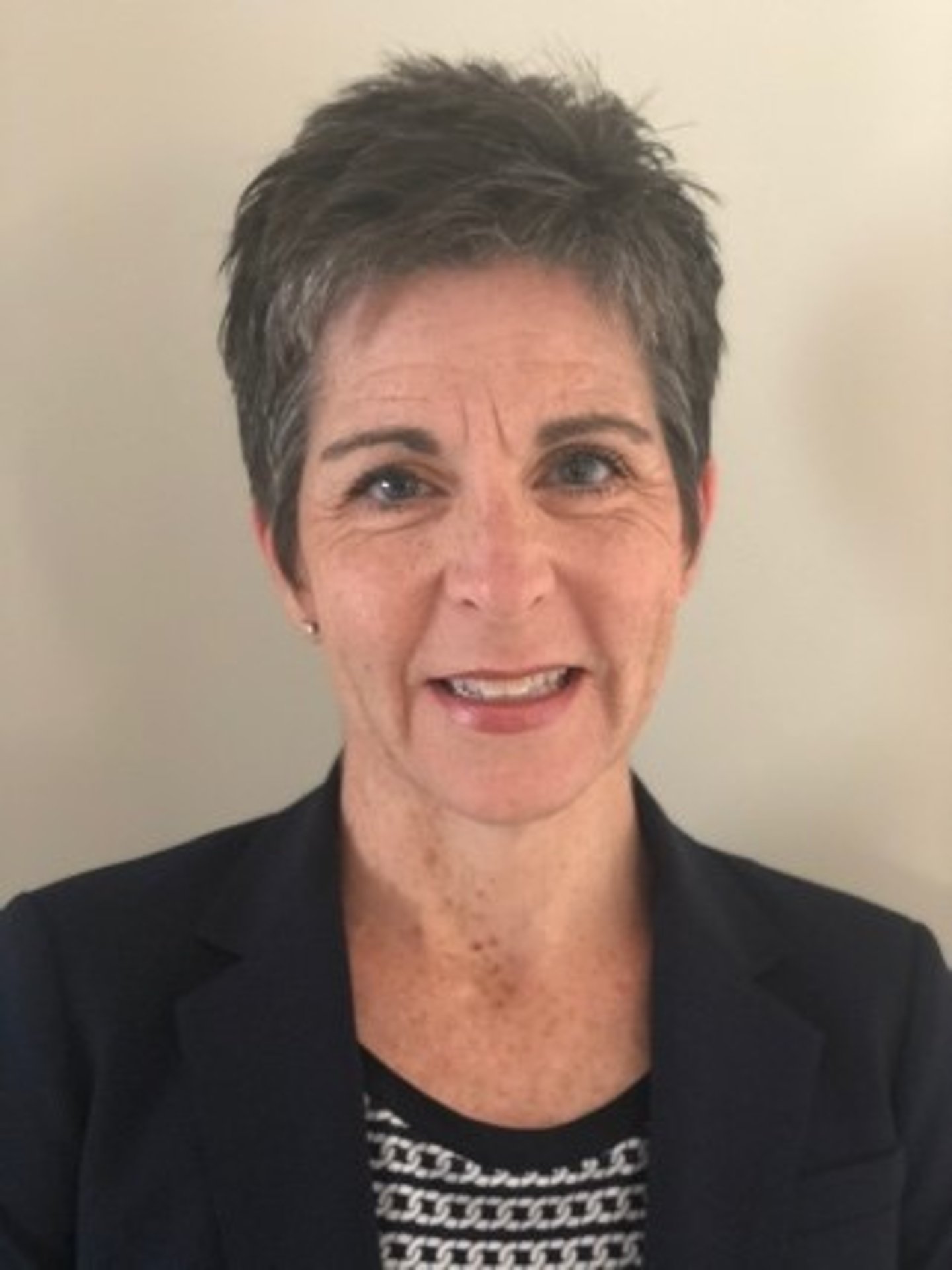How Environmental Monitoring Technology Keeps Guests Safe & Saves Hotels Money
With COVID-19 causing such unpredictability for the future, hotels owners and operators need to adopt new strategies and ways to operate in the not-so-post pandemic world. A lot of this effort will hinge on establishing a new form of trust between guests and hotels, as well as supporting strained staff as much as possible, as 70% of hotel employees have been laid off or furloughed as a result of COVID-19. With new safety and sanitation guidelines being rolled out across the hospitality industry and less staff to manage the normal day to day duties in addition to new protocol, hotel and lodging staff members are spread thin.
To ensure guests are safe during the new normal, as well as to reduce the burden on already strained staff, hotels owners and operators can help to support the needs of the new normal by investing in environmental monitoring and situational awareness technology.
Tapping into thermal imaging to streamline health monitoring
One of the most crucial actions hotels can take to make sure their guests and staff are safe is to decrease the possibility of an infected individual staying on the premises. One way many organizations are going about this is to manually check anyone’s temperature that enters the building. This is helpful for some hotels, however with hotels where guests are staying for extended periods, it can be insufficient.
Instead, with thermal imaging, hotels can monitor both guests and staff member’s temperatures throughout the day. This means that even if a guest checks in on Monday with a normal temperature, if their temperature rises on Tuesday, that can be detected and hotel staff members can make sure they undergo further screening. Not only does this increase the safety of everyone, but it reduces the need for staff members to manually take everyone’s temperature.
Leveraging automated alerting to ensure important data reaches staff
To enhance the effectiveness of thermal imaging technology, it should be combined with an automated alerting platform. On its own, thermal imaging technology will simply create a log of when an elevated temperature is detected. Staff members will then be tasked with sorting through the log of data, which is only valuable if staff is monitoring it in real-time and acting upon outliers immediately.
By integrating with an alerting platform, rather than having to view a log, a staff member can instantly receive a detailed alert. For example, when an elevated temperature is detected, a staff member can receive an alert that reads, “Elevated temperature detected in lobby,” which will allow them to take the next proper step to effectively manage the situation.
Enhancing environmental monitoring sensors with automated alerts
An automated alerting platform can also be used to monitor many different pieces of facility equipment throughout the hotel, such as kitchen fridges and freezers. With reduced staff there are less eyes on these items throughout the building, which means it’s even more important to monitor these items with technology.
By placing environmental monitoring temperature sensors in the fridge or freezer and tying them into the automated alerting platform, a staff member can receive an alert if the temperature begins to rise. This can lead to something as simple as making sure the doors are properly closed, which can save large amounts of food and money. But it might uncover an appliance malfunction which can then be fixed immediately. By discovering the issue before serious consequences occur, hotels can save both time and money.
Investing in direct communication between guests and staff
Hotels can also invest in a communication platform for guests and staff. With new guidelines and health protocol, a lot of information needs to be shared with and available to guests. With an in-room communication portal on a tablet device, guests can access this important information easily, as well as request other things such as towels or additional services without needing to directly interact with a staff member. Since staff are already limited, this can be of great help to keeping operations moving, as well as helping to promote social distancing and safe services.
Although times have certainly changed, the mission to provide guests with a great experience and staff with a safe work environment have not. By investing in technology that automates and streamlines otherwise burdensome operations, guests, staff, and operators will be able to feel safe and taken care of, as well as embrace the new normal.
About Amy Jeffs
Amy Jeffs currently serves as Vice President of Status Solutions, and has held various positions within the mission-based organization for the past 13 years. Her primary duties include assisting Status Solutions' Founder and President with developing and implementing the company's overall go-to-market strategy. Her past experience includes 20+ years of technology business and marketing at start-ups up to Fortune 500 companies.


